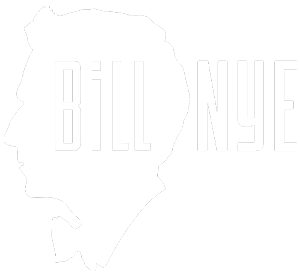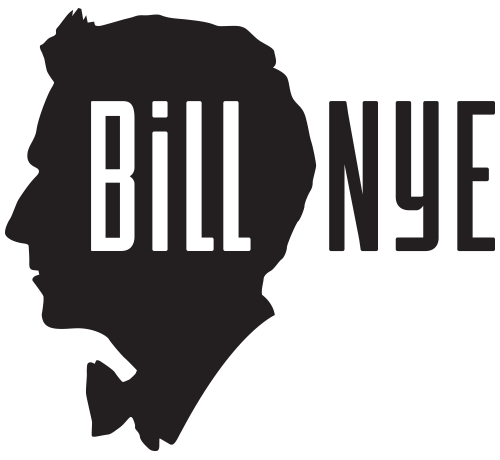Time
With Bill Nye the Science Guy, it’s all science, all the time.
Time affects every living thing on Earth. Trees shed their leaves. Some animals only come out at night. There are even insects that only emerge every 17 years. Days, hours, minutes, and seconds – all of these were invented by humans. Humans came up with these units of time to organize their lives and to study the world. One of the first ways humans told time was by noticing the difference between daytime and nighttime. Humans use the Earth revolving around the Sun to divide time into years and seasons. Months are based on the movement of the Moon around the Earth. A day is when the Earth spins completely around its own axis.
Many people believe that time goes by at the exact same speed. A second is a second, a minute is a minute, and an hour is a hour. But time is not always the same. The passage of time is affected by the theory of relativity. If an object approaches the speed of light, the faster it moves, the slower time is for it. Measuring relativistic changes in time is quite difficult. The speed of light is 300,000 kilometers (186,450 miles) per second. No one on Earth is moving anywhere near that fast, so time is at very, very nearly an exact constant rate.
Make sure you’re on time for the “Time” episode – you don’t want to miss it.
The Big Ideas
- Living things have natural cycles based on the motion of the Earth and the Moon.
- Humans have invented ways to measure time.
- Time passes at a nearly constant rate.
Did You Know That?
- One nanosecond is equal to 0.000000001 second?
- There never was a year “zero?”
- An Earth year is the time for the Earth to go all the way around the Sun?
Books of Science!
- “This Book Is About Time” by Marilyn Burns and Martha Weston. Published by Little, Brown, and Company; 1978.
- “Understanding Time: The Science of Clocks and Calendars” by Beulah Tannenbaum and Myra Stillman. Published by Whittlesey House, 1958.


